Ball Valves
Price: Contact
Series S30T - Trunnion Mounted Ball Valves
| Type | Trunnion ball valves |
| Size Range | 1” ÷ 24” (DN25 ÷ DN600) |
| Valve complying with | Design: API 6D (ISO14313) |
| Raised face: ASME B16.5, EN 1092-1 | |
| Face to Face: API 6D, ASME B16.10, EN 558-1 | |
| Testing: API 6D, API 598 | |
| Design FIRE SAFE API 607, ISO 10497, API 6FA | |
| Standard design temperature | -29 °C ÷ +200 °C (-20,2 °F ÷ +392 °F) |
| Pressure class | ANSI150 – 300 – 600 – 900 – 1500 – 2500 |
| Max working pressure | 20 bar for class ANSI150 |
| (at temperature below 38°C, | 50 bar for class ANSI300 |
| in according to ASME B16.34) | 100 bar for class ANSI600 |
| 150 bar for class ANSI900 | |
| 250 bar for class ANSI1500 | |
| 420 bar for class ANSI2500 | |
| Leakage class | NO leakage |
| Flange drilling | Standard complying with ASME B16.5 |
| On request with EN1092-1 | |
| Type end | Standard: RF (Raised Face ASME B16.5) |
| On request: RJ (Ring Joint ASME B16.5) | |
| BW (But Welding ASME B16.25) | |
| Standard Certifications | PED 2014/68/UE |
| ATEX 2014/34/UE | |
| Additional certifications | EAC TR-CU 10, TR-CU 32 |
Standard features
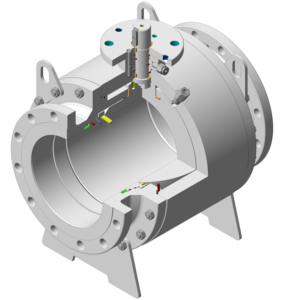
- Standard double block sealing performance.
- Full die forged structure for all pressure containing parts.
- Flanged valves are provided with flanged integral with closure member.
- Standard primary gasket design is OR AED type, secondary emergency seal always provided for fire-safe purpose.
- High quality stem gasket for reliable tightness and low emission performance.
- Use of low seat-ball friction materials and surface finish for reliable sealing and long service life.
- Best-in-Class CV values.
- Standard split & bolted design for body-closure connection.
- Low operation torque design.
- Static conduction spring is used as standard between the stem and the ball (Antic-Static Device).
- Anti blow-out proof stem design.
Piston effect principle (both applicable for all range)
STANDARD SINGLE PISTON EFFECT
In the standard design of Trunnion Mounted Ball Valves, each seat ring performs the “Single Piston” action. In this case the pressure acting on the external side of the seat ring pushes it against the ball while the pressure acting on the internal side of the seat rings pushes it away from the ball. Therefore, while both seat-rings grant the required tightness, when the pressure is applied on their external side, they are defined “Self Relieving”, allowing any over pressure acting in the body cavity to be discharged in the line as soon as the force caused by the pressure overcomes the one provided by the springs.

OPTIONAL DOUBLE PISTON EFFECT
On request the seat rings design may be modified to perform the “Double Piston Effect” action. In this case the pressure acting on both the external and internal side of the seat rings, results in a force pushing it against the ball, therefore each seat ring grants the required tightness even if the pressure is applied in the body cavity. This features assures dead-tight sealing simultaneously on both sides of the ball and in order to release any possible over-pressure which develops the body cavity it is necessary to use an external safety relief valve.

Related projects









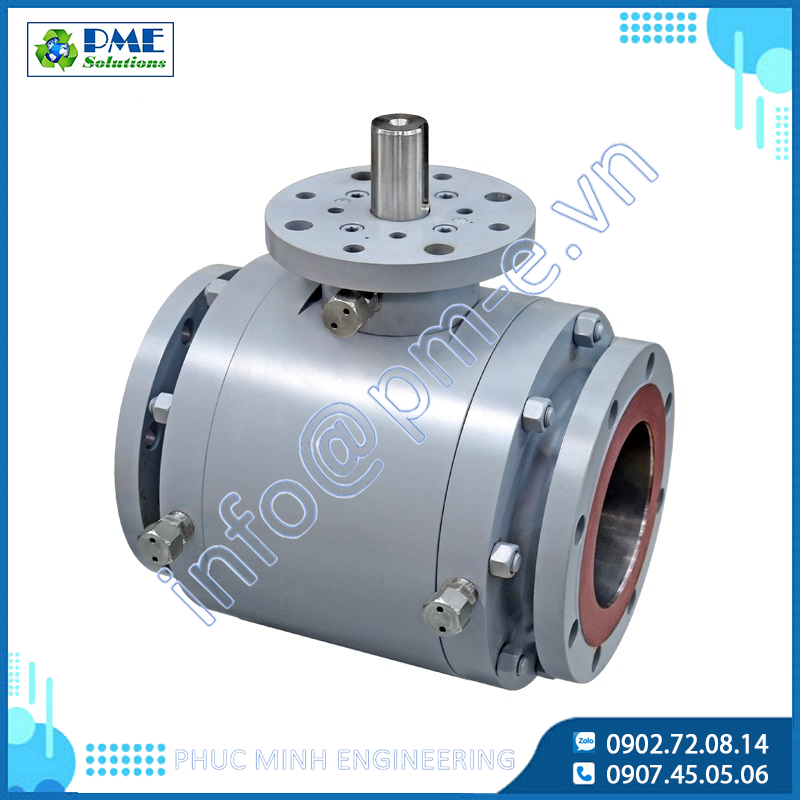
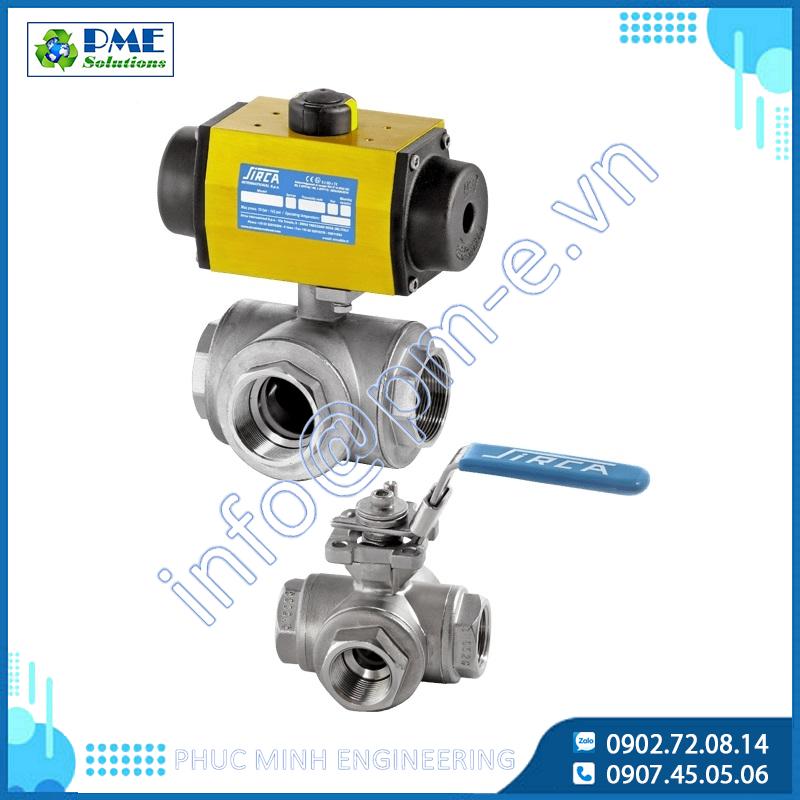
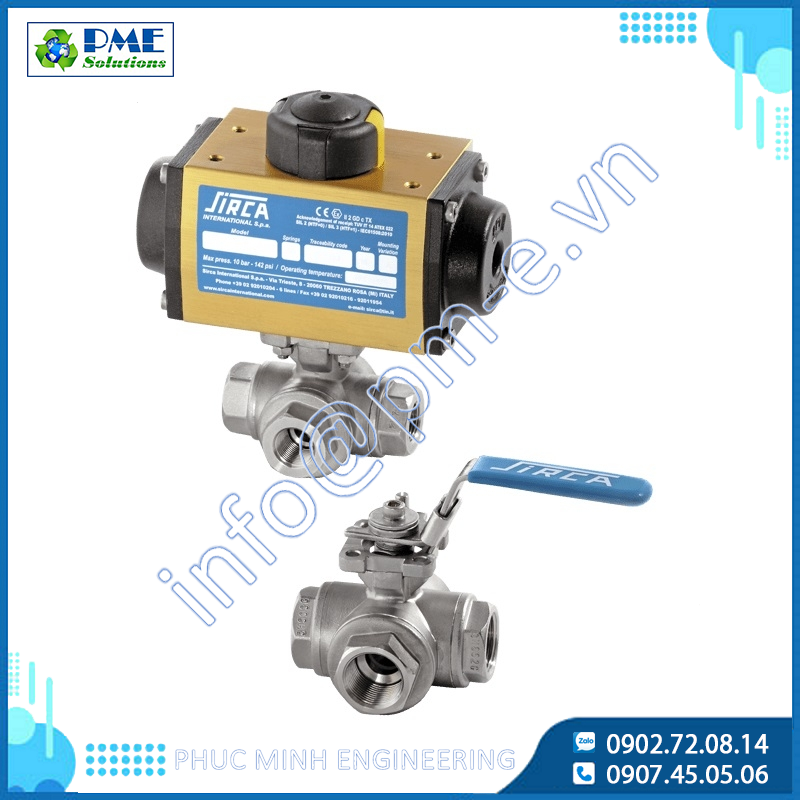


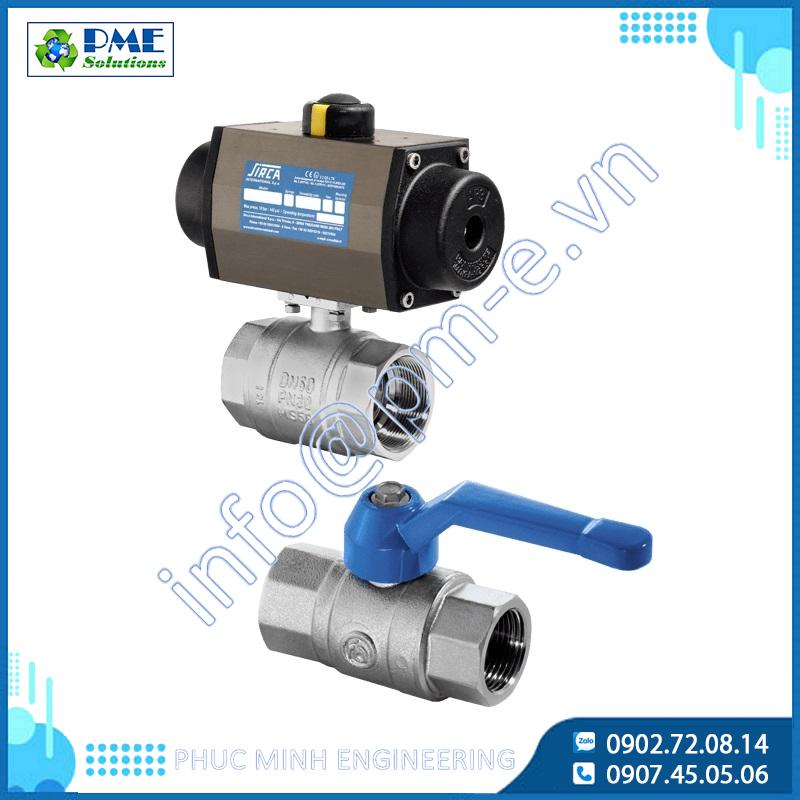
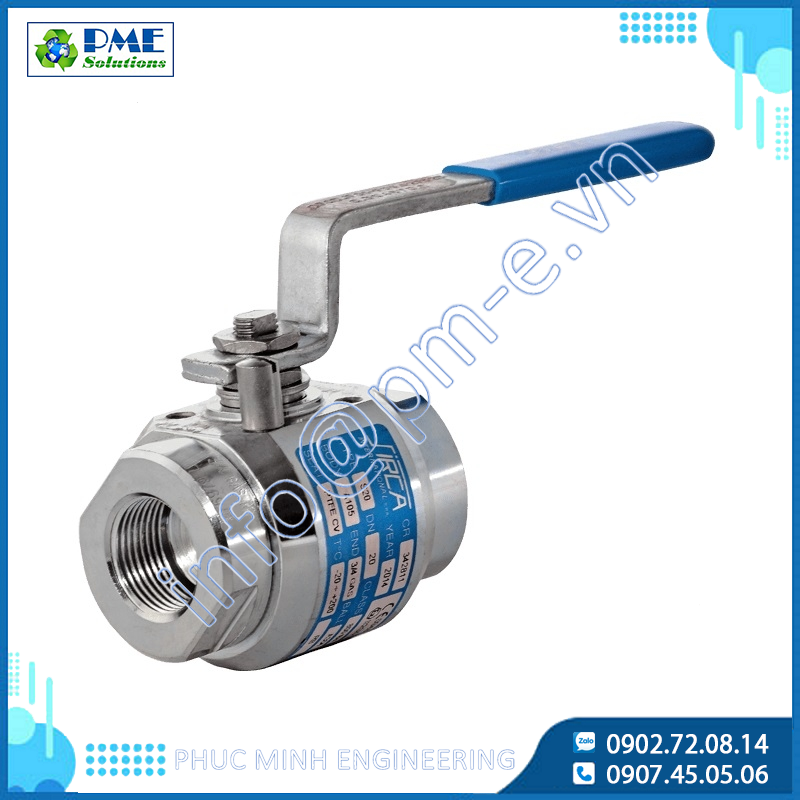

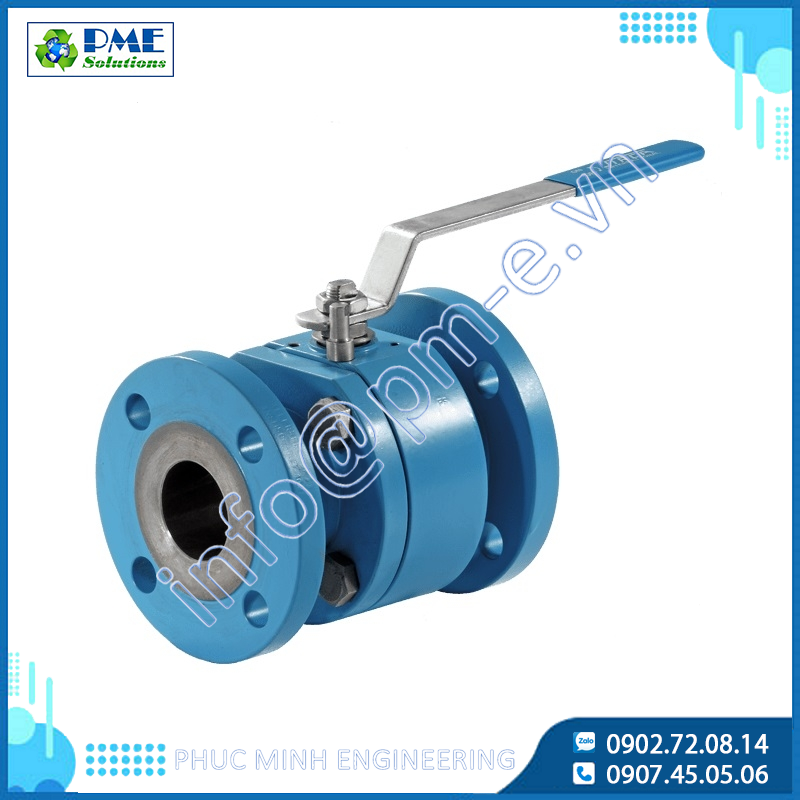
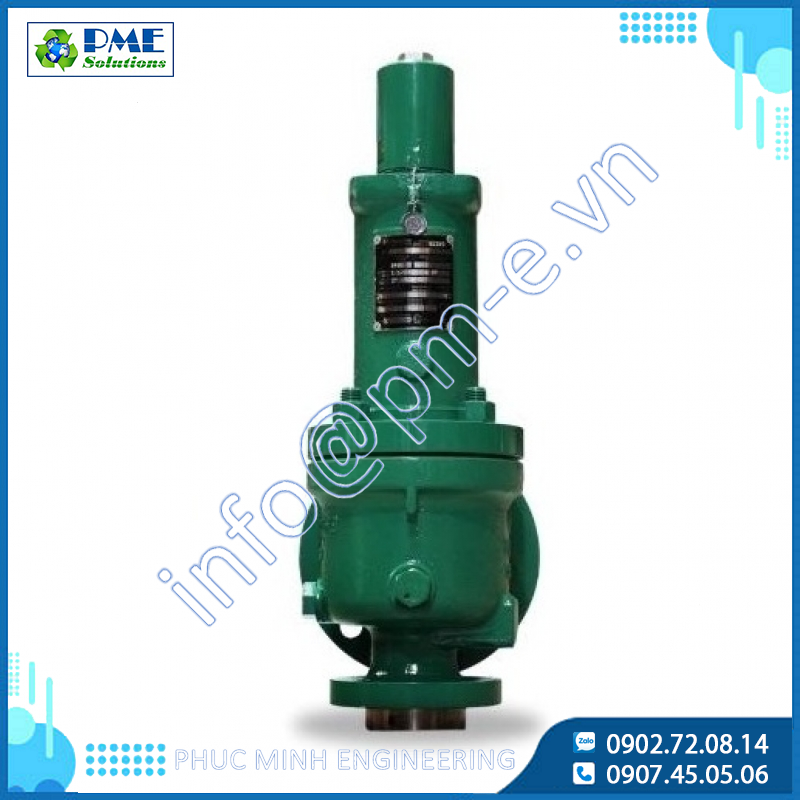
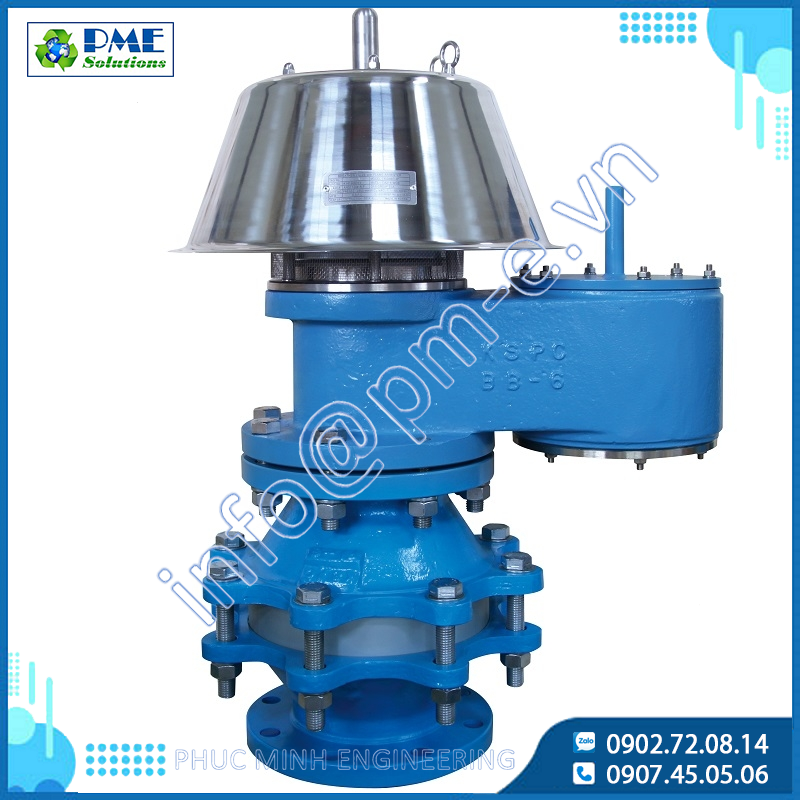
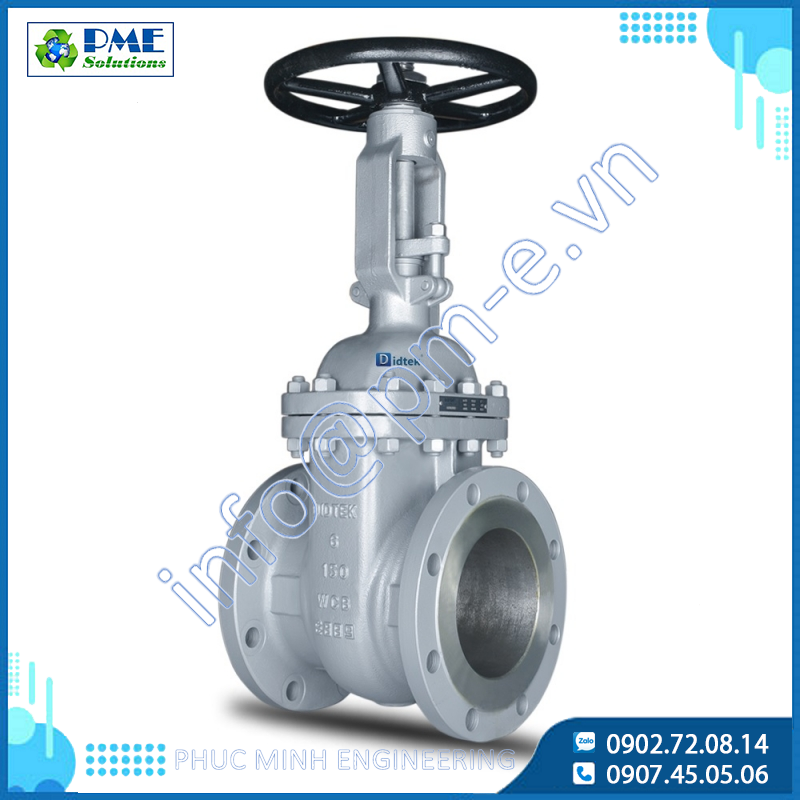
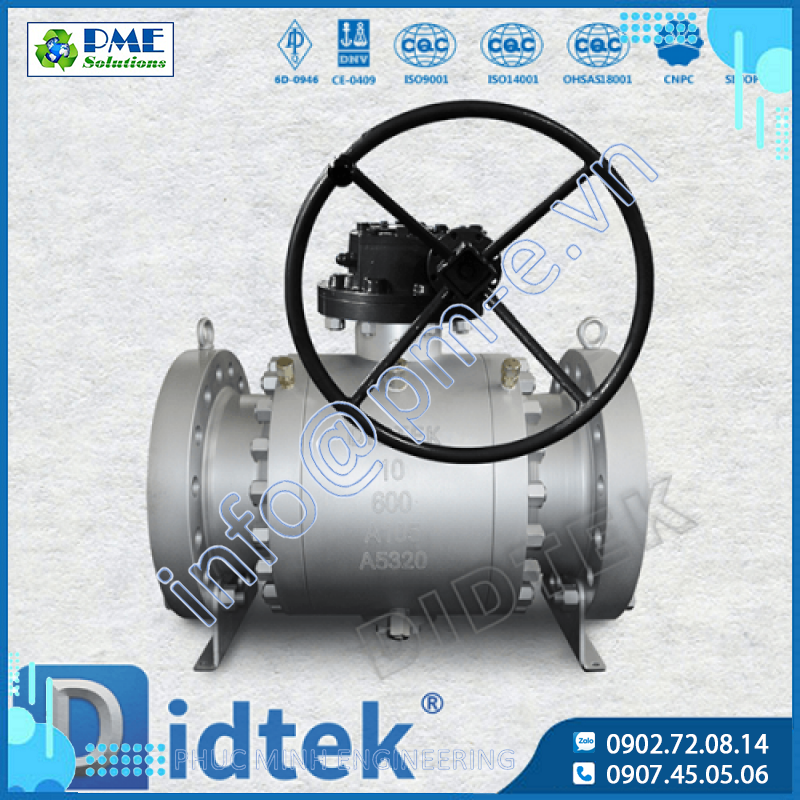
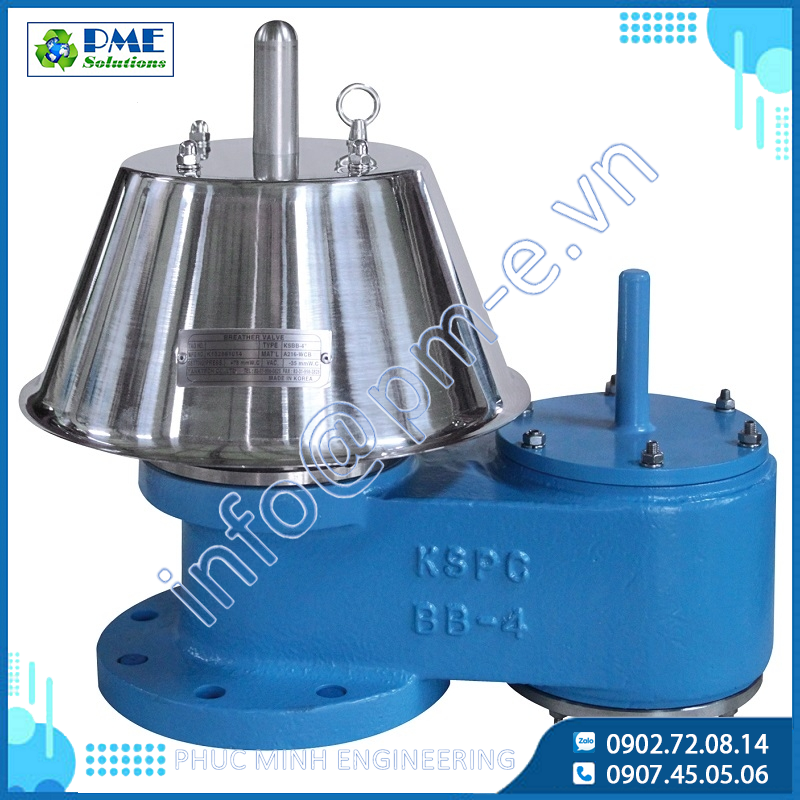


.png)






